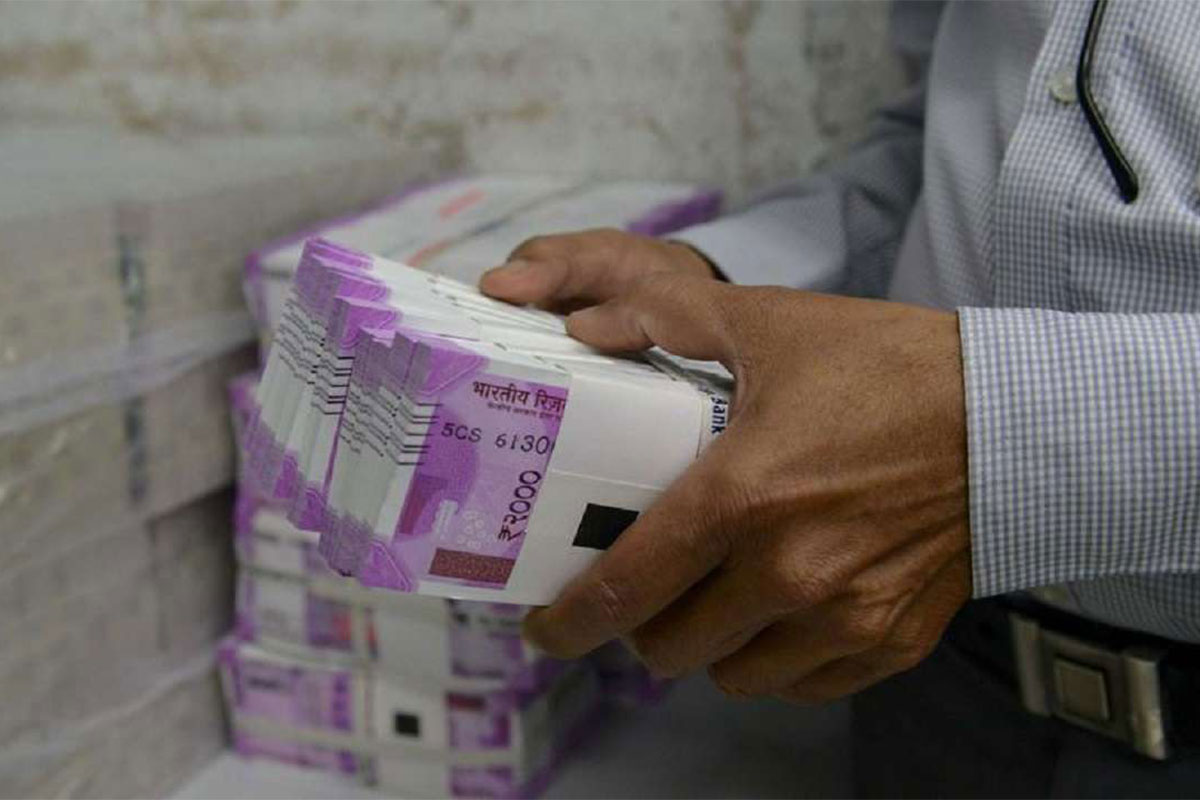Industries, markets and others rejoiced after Prime Minister Narendra Modi announced a the most-anticipated stimulus package of Rs 20 lakh crore to jump start the economy during the Covid-19 pandemic, but a report suggest that only 60 per cent of the total amount will be given as fresh support.
Modi outlined a Rs 20-lakh-crore which is 9.7 per cent of GDP support package, of which new allocations could only be 50-60 per cent of the offer. But until more details are known, financing burden will fall on the bond markets, Radhika Rao, the economist at Singaporean lender DBS Bank said in a note on Wednesday.
She further noted that “the new fiscal package is upsized and its scale lends a positive surprise, at a bigger-than-anticipated size with emphasis on making the economy more self-reliant via local manufacturing and improved supply chains.”
In late March, the government announced fiscal measures worth Rs 1.7 lakh crore while the RBI offered liquidity support of Rs 3.7 lakh crore in March and Rs 2 lakh crore in April.
“The new fiscal measures might account to around 60 per cent or Rs 12-13 lakh crore. If this includes a wider net of RBI measures, then the new package might amount to Rs 10 lakh crore,” Rao said.
She further said coordinated approach is needed to cushion a part of the after effects of the growth slowdown, which will impact incomes, jobs and business viability.
The nuances of the measures are key, particularly details on how much is about short-term relief for Micro, Small & Medium Enterprises (MSMEs), sector-specific payouts, cash handouts to the poor, loan guarantees, capital infusion into banks, Mahatma Gandhi National Rural Employment Guarantee Act (MNEGRA) etc, and on medium-term priorities like infrastructure, labour/land reforms etc.
“This will dictate the extent of economic cushion to growth, incomes and employment outlook this year,” she said.
The report also talked about the fiscal side as revenue shortfall is already translating into an increase in deficit from budgeted 3.5 per cent to at least 5.5 per cent now. Assuming only part of the spending is reflected in the FY20 fiscal math and capital spending is scaled back, the deficit might rise by another 2.5-3 per cent of GDP.
On the financing side of the package, the report said it will have to be seen whether bulk of it will be raised through borrowings especially whether the states will participate, or alternate sources like COVID-19 bonds, multilateral loans, tapping offshore investors/ markets, fresh revenue streams (indirect or income taxes on HNIs) etc.
“Until clarity is available, funding burden will fall on bond markets in the near-term and to stabilise markets, focus will return to RBI’s participation,” she said adding market borrowing is likely to rise further, by at least Rs 7-10 lakh crore assuming all is raised domestically and through bond issuances.
But the report warns that the pressure will be on RBI to step up bond purchases given the limited absorptive capacity of domestic investors and risk-averse foreign portfolio investors.











